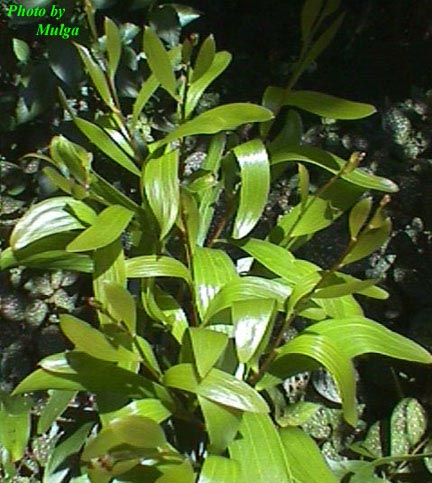Ayahuasca: alkaloids, plants & analogs
Section 3 : Part 2 :
Seemingly promising Acacia species lacking bioassay reports
Potentially effective South Pacific Acacia species that appear to lack any human bioassay reports
This species sees its bark occasionally used in traditional Chinese medicine (in Taiwan) but apparently only the roots are potent enough to be useful in ayahuasca analogs.
The report of Liu et al. 1977 indicated 1.15% DMT in this species' roots. [More work is clearly needed for this valuable species.]
It might be worth reevaluating this species using the newer approaches described for jurema extraction due to the comments in the literature asserting the tannins present were interfering with extraction of DMT from the stem bark.

Photo by Mulga Reproduced with permission
This coastal tree from New Caledonia also grows in neighboring islands, and, like all of these Acacias, seeds are commercially available.
0.81% DMT was recovered from the dried bark by Poupat et al. 1976.

